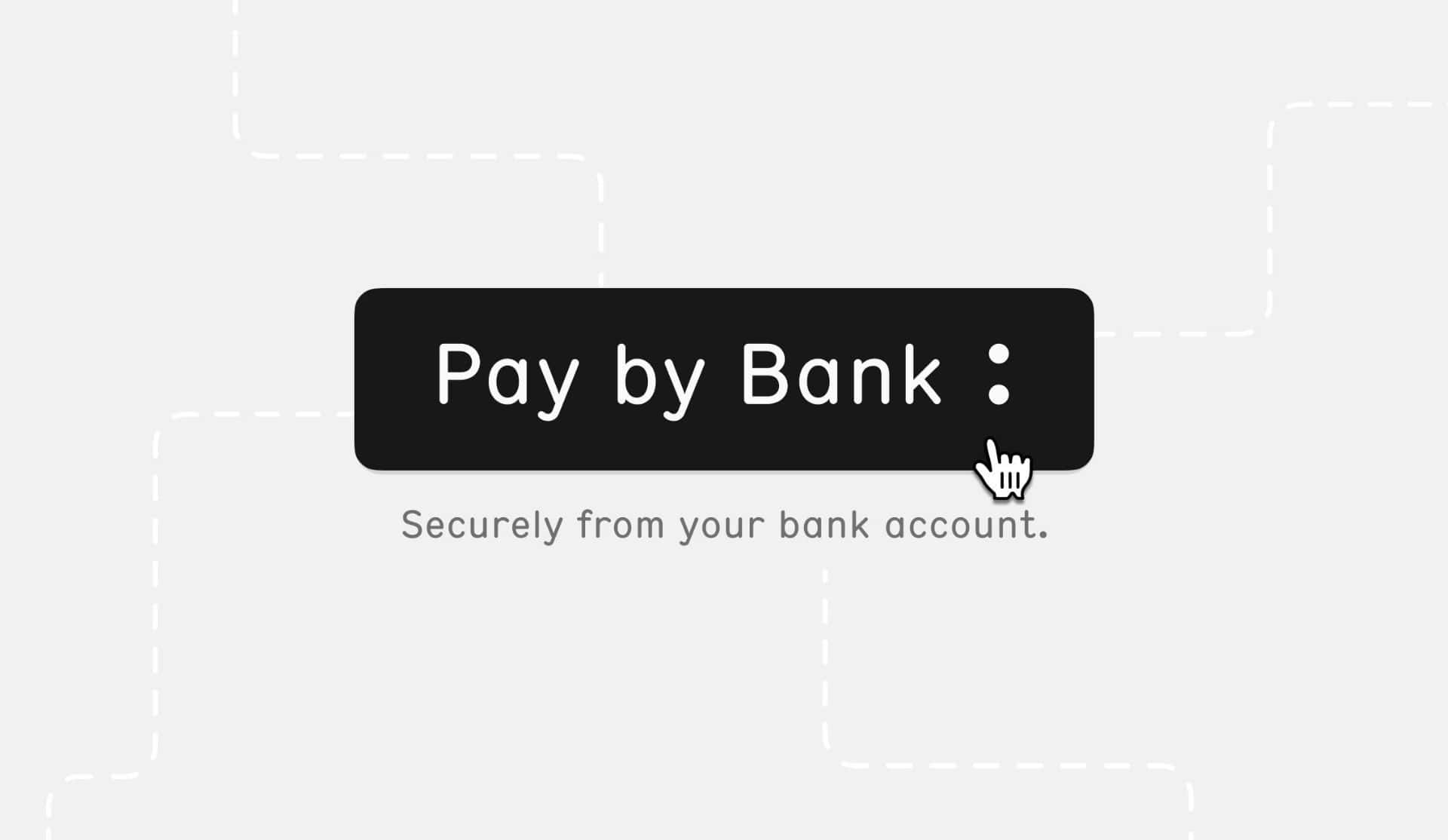
By Crystal Hopkins March 20, 2025
Customers can now pay online via their bank accounts with Bank of America’s new ‘Pay by Bank’ feature, which means no credit/debit card or user setup is needed. This Open Banking product provides a simpler, faster, and safer checkout experience.
However, the adoption of the service is limited mainly in the US due to high transaction fees and the availability of faster payment alternatives.
Understanding Pay-by-Bank?
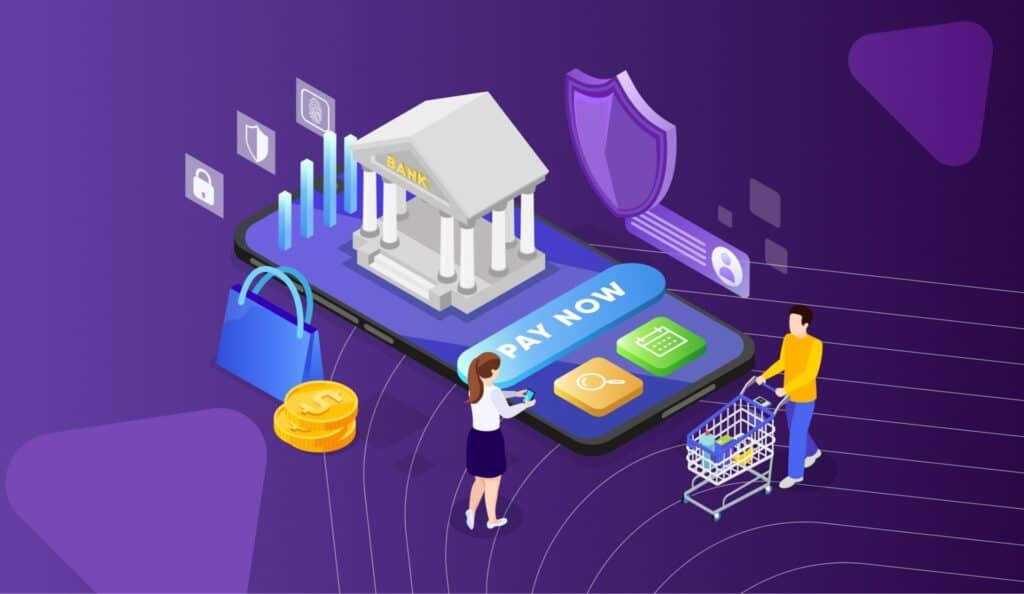
Pay-by-Bank is a payment method that enables customers to transfer money directly from their bank account, without using a card. It uses bank systems and open banking tech. Customers choose their bank and authorize the payment through their bank’s app or website. This approach is often used for bills, subscriptions, and loan payments.
Moreover, Pay-by-Bank is separate from stakeholder-to-stakeholder payments, which include transferring funds between accounts or using apps like Venmo. It enables consumers to purchase goods over the Internet straight from their banking account from their online banking to authorize payment and transfer funds to the seller. Payment companies partner with banks to facilitate this process.
Reason for its Popularity
Pay-by-bank is becoming popular because it is safer, faster, and easier for customers who do not have credit or debit cards. It helps prevent fraud and keeps customer information safe. Transactions happen instantly, which helps businesses manage their money better and saves time.
Additionally, Pay-by-bank is also good for customers who want to avoid using cards for online shopping. It makes checking out quicker and simpler since customers do not have to enter card information.
Bank-to-bank (A2A) payments have existed in some form for over 50 years in some countries, with systems such as Bacs in the UK, EFT in Canada, and BECS in both Australia and New Zealand. Pay by bank is gaining traction as digital payments rise to form an alternative to less efficient paper-based methods such as cash and cheques.
According to CapGemini, digital payments account for a large slice of overall payments and will be growing at a projected 15% CAGR in USD from 2022-2027, a trend accelerated by the closure of bank branches and the migration of banking online. Faster money transfers (real-time fund availability) are made possible, along with ‘Open Banking’, allowing customers to access their bank data, in a secure and trusted manner. It enables fast, convenient, and secure transfers and provides access to many banks and customers worldwide via a single connection, benefiting customers and businesses alike.
Steps for Pay-by-Bank Transaction
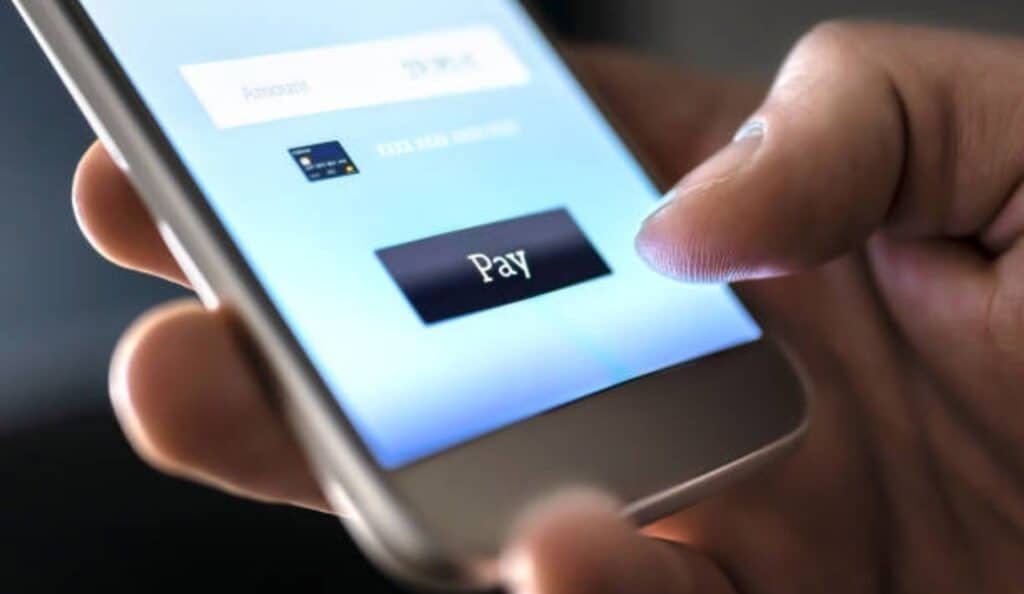
Verification Of Account
Authentication means verifying if a customer’s account exists and whether it has the ability to transfer money. This can be done easily with tools, which verifies accounts in seconds, or by sending small amounts of currency to validate the account.
Protection From Fraud
Bank payment is gaining ground because it’s safer, and faster, and it’s the right choice for people without credit or debit cards. And it minimizes the risk of fraud and protects customer data. Real-time transactions also aid businesses in managing their finances more efficiently and reduce the need to check accounts. It should also be easier on customers not wishing to use a card online; pay-by-bank. It speeds up checkout by removing the requirement to input card information.
Payment Processor
Finally, you need a payment processor to facilitate transferring the money from the customer’s bank account to the merchant’s. Businesses can use transfer tools for pay-by-bank on all payment methods or a payment partner, who will help simplify bank payments throughout North America.
Benefits of Pay-by-Bank
- The benefit of Pay by Bank is that it cuts down on the storing of customer data by requiring no card information.
- Another benefit is that this system and payment in the company’s records, making tracking payment easier It was easy to set up and secure, as it uses the customer’s bank for verification.
- Subsequently, it also saves money instead of paying card processing fees. Moreover, it is now available in the UK and will roll out to other countries.
- Also, the Bank of America Global Transaction Services has been recognized as the best bank in areas such as payments and financial innovation.
Impact of Pay-by-Bank on Financial Institutions
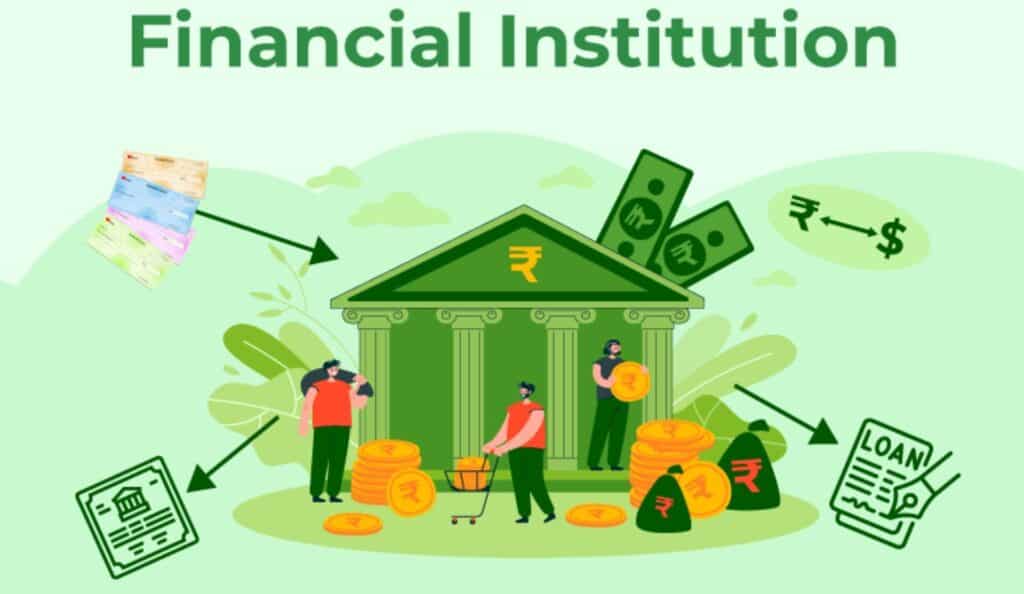
Competition Has Increased
The rise of pay-by-bank grows increasingly widespread, fostering more competition among payment companies and banks. Which banks are hence working to offer their customers the best pay-by-bank services as they come along.
Revenue Changes
Pay-by-bank is transforming the economics of banking. As users switch from paying by card to pay-by-bank, this may give banks less revenue to earn with card fees.
Innovating New Opportunities
And pay-by-bank is also creating new opportunities for innovation in payments. New services: Banks and payment companies are launching new services aimed at improving the pay-by-bank experience for consumers.
Security is Increased
As pay-by-bank becomes more widely adopted, banks and merchant services are putting greater focus on security and preventing fraud. They are investing in new technology and security practices to protect customer information and minimize fraud.
Refund System of Pay-by-Bank
You can request a refund for a payment made through Pay by Bank up to 730 days after your transaction. It could be partial or full reimbursement. Refunds are free, but you will not be reimbursed for any fees from the initial payment. A refund that doesn’t process will come back as failed. Moreover, the refund issuer must find alternative means to reimburse the consumer.
Disputes Relating to Pay-by-Bank
Bank transfer payments have a low risk of fraud since the customers need to approve the payment in his/her banking app. That means you can’t dispute a charge and get a refund.
Pay-by-bank vs. Credit Card
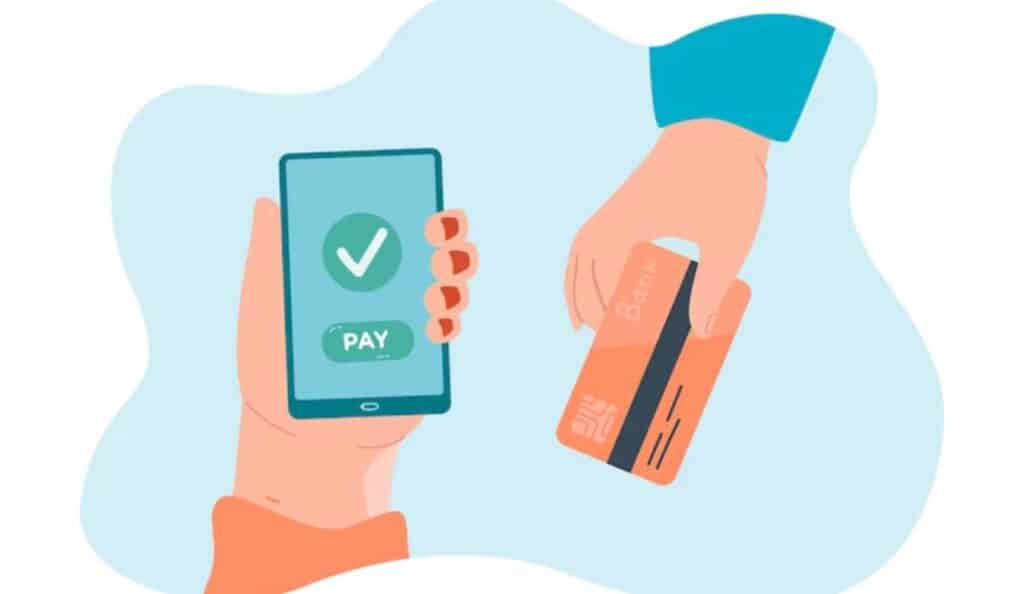
Fees Are Low
Pay by bank saves money Merchants in the United States are charged about 3 percent in fees for every credit card transaction, resulting in billions of dollars for large businesses every year.
Durability of Payment
Unlike credit cards, payment methods stored in bank accounts are evergreen, so it helps minimize payment friction in bills, subscriptions, and online shopping.
Flexibility
Credit cards handle payments directly, giving them more control than networks. Merchants build their own processes for payment verification and dispute resolution, and ACH return codes provide deeper details about declined payments. With bank payment, you can use it to pay in the digital world, and can be particularly beneficial in situations where cards just don’t work well.
Moreover, consumers have become accustomed to making direct bank payments for things such as bills and high-value purchases, but they are not so familiar with using it to make one-off small payments. But bank payments could play a big role in changing everyday buying and subscriptions.
Bank transfer is more convenient and secure than credit card payments. Most people remember their bank details or have them saved in any password manager, it becomes easier to use. Direct payments from the bank account also help in avoiding any missed payments for subscriptions or bills. Credit cards may provide perks for users, such as cash-back incentives, but merchants typically incur about 3% in fees for card transactions. If they promote bank payments to customers, they save money and can pass some of it to customers in the form of rewards or discounts. In short, pay by Bank payment is more convenient and cheaper than credit cards.
Safety Issues of Pay-by-Bank
Pay by bank is more secure than conventional online payments because bank payments utilize a ‘push’ mechanism that doesn’t require sharing account data, lowering the risks of fraud. This process is similar to logging into online or mobile banking, keeping customers safe as they authorize a payment. But now, it’s joined up with a cooler version of fraud called authorized push payment (APP), due to which scammers act like genuine recipients to con individuals into transferring cash. To protect against this, banks are introducing confirmation of payee to check recipient information in advance of payments. Other states like the UK also require refunds for fraudulent push payments in particular scenarios.
Future of Pay-by-Bank
The future of payments and the future of business lies in connecting customers to their bank, mobile money, or loyalty points. By enabling transactions through data sharing, with customer consent, Open Banking-style pay by bank enables a seamless transaction and more collaborative experience between customers and merchants. That allows companies to deliver financial services in nonfinancial environments, such as giving loans or insurance in the point-of-sale environment. This innovation is built on the foundation of Open Banking which will shape the future of payments and business.
With the increase of digital transactions globally and the scope of Open Banking regulations, Pay by Banks will be an integral part of the future of financial services. Its secure, fast, and seamless payment experience is a major innovation in the world of commerce.
Conclusion
Unlike card transactions, Pay by Bank represents a safer, quicker, and cheaper way to pay digitally. The platform employs Open Banking technology to enable transfer directly from the bank without the need to exchange card details or remote passwords for the payment, thus providing better protection against fraud and making checkout much easier. The UK is one of the most promising markets for the method, and if successful globally, it could lead to a paradigm shift in how online payments are managed, particularly for individuals who are not in possession of a credit or debit card.
It has been slower to adopt in the U.S. for the reasons of high transaction fees and other payment alternatives, but Pay by Bank has started seeing more traction with it as persuasion comes from financial institutions that recognize its benefits. It cuts the risk of fraud, encourages innovation, and saves businesses and consumers money.